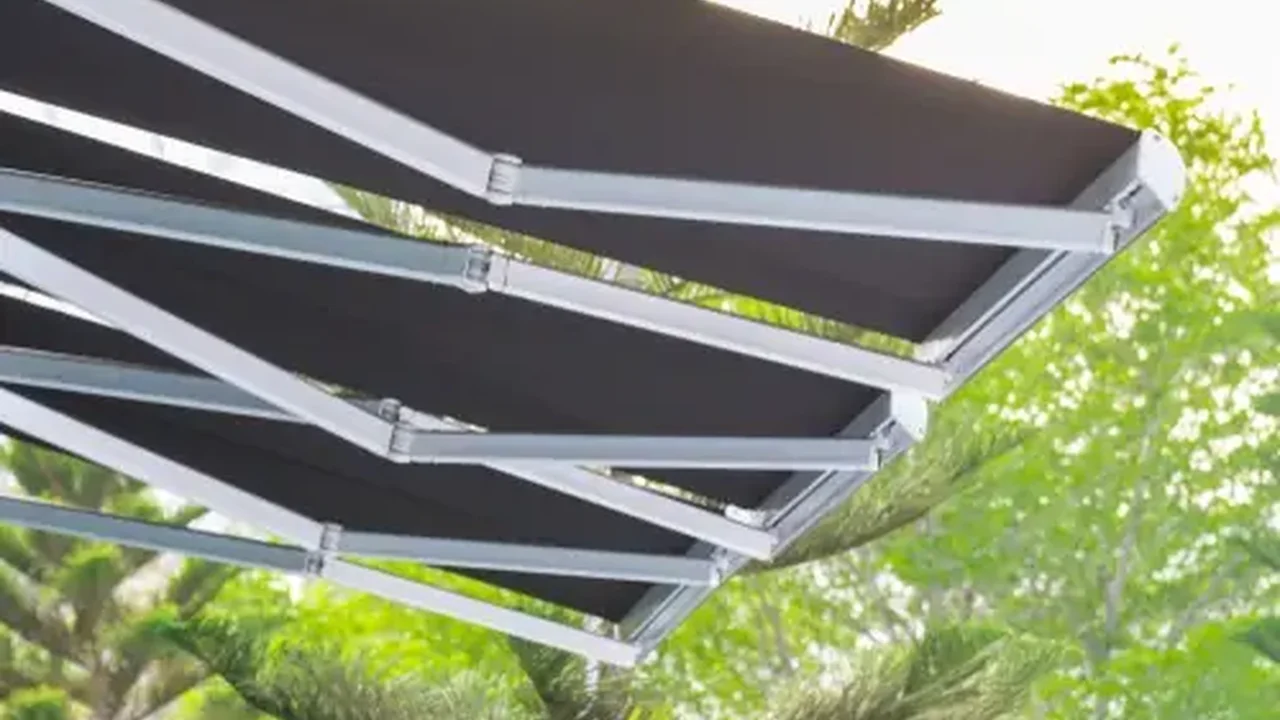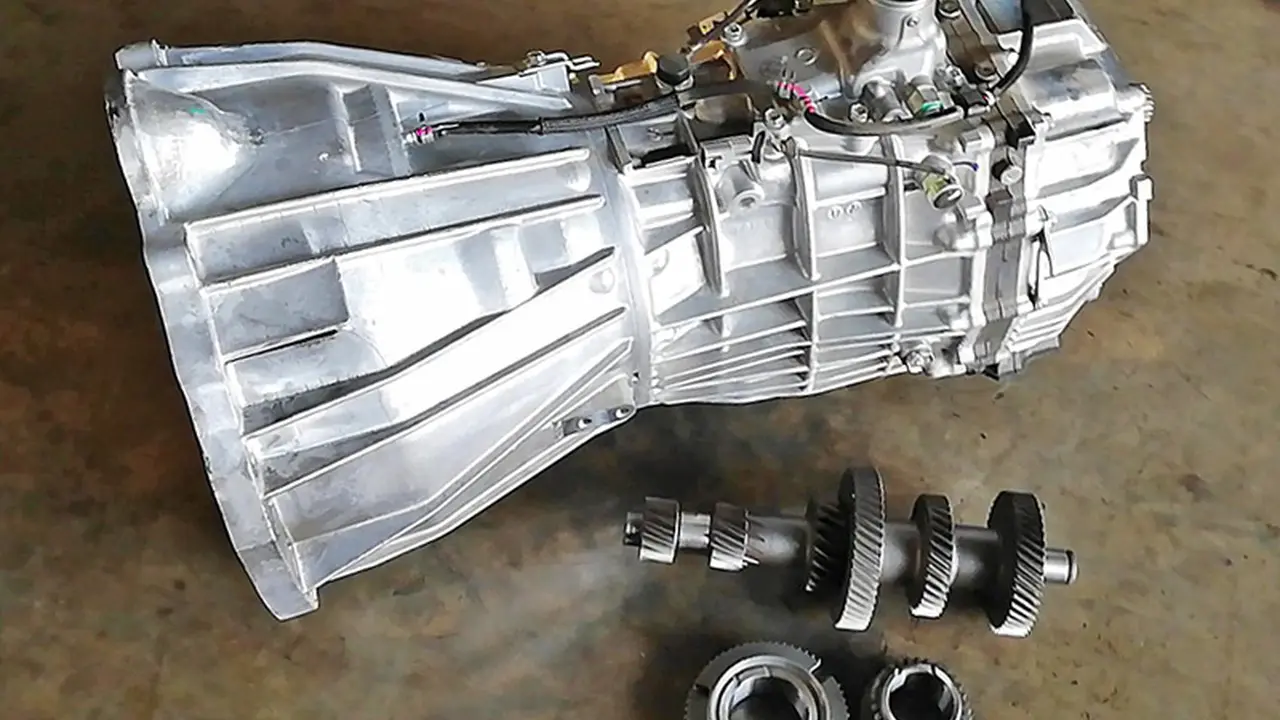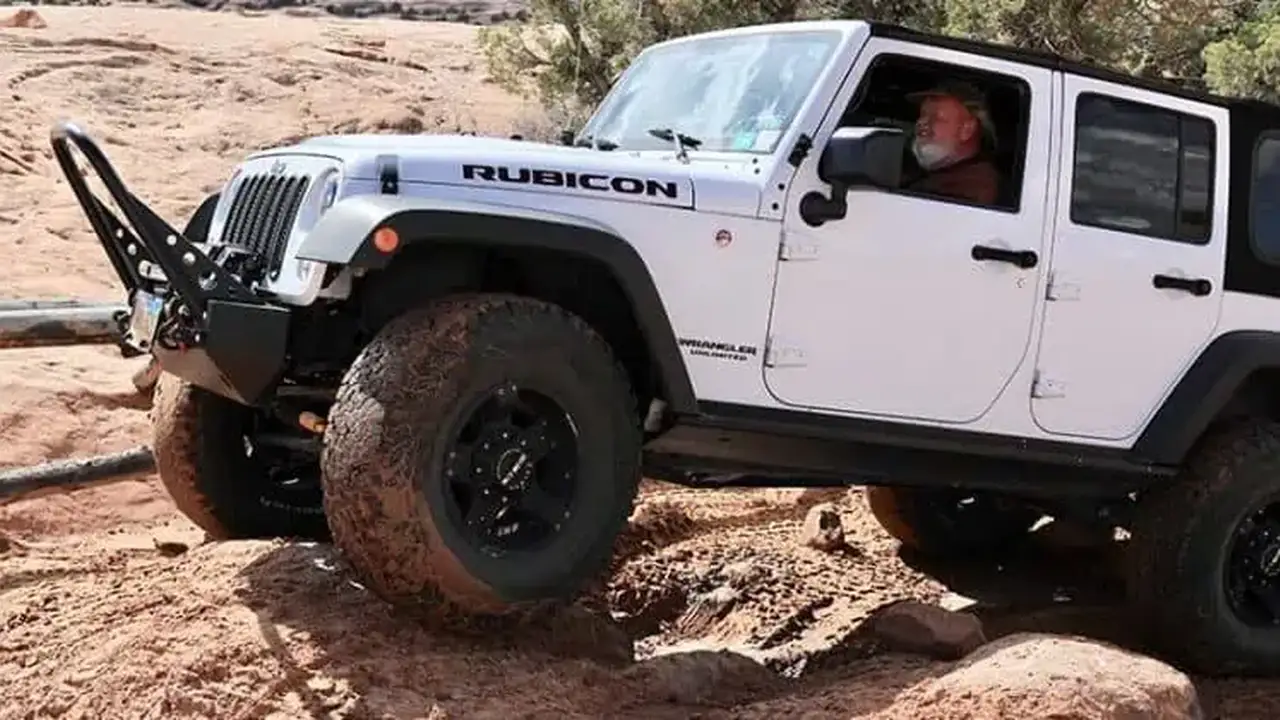Choosing the Right Awning for Your Overlanding Setup

Choosing the right awning is crucial for providing shade and shelter. Learn how to choose the right awning for your overlanding needs. Improve your campsite comfort. Enhance your overlanding experience with our expert guidance.
Understanding Overlanding Awning Types for Shade and Shelter
So, you're gearing up for some serious overlanding adventures, huh? Awesome! One piece of kit you absolutely can't overlook is a good awning. Trust me, after a long day on the trails, you'll be thanking your lucky stars you invested in some reliable shade and shelter. But with so many options out there, how do you even begin to choose the right one? Let's break it down, focusing on the types, features, and specific models that'll make your campsite the envy of everyone (or at least, a comfortable place to chill).
First things first, let's talk about the different types of awnings you'll encounter:
- Retractable Awnings: These are super popular and for good reason. They roll out easily from a case mounted to your roof rack. Think of them as the Swiss Army knife of awnings – versatile and relatively simple to set up.
- Batwing Awnings (also known as 270-degree awnings): These bad boys wrap around the side and back of your vehicle, giving you a massive shaded area. They're fantastic for cooking, lounging, and generally setting up a comfortable basecamp.
- Foxwing Awnings: Similar to Batwing awnings, offering wide coverage, but often with a slightly different deployment mechanism.
- Awning Rooms/Enclosures: These aren't technically awnings themselves, but rather add-ons that turn your existing awning into a fully enclosed room. Perfect for bug protection or extra sleeping space.
- Pole-less Awnings: These awnings use a cantilever design and are supported by the vehicle. They are quick to set up and provide a clean, unobstructed space underneath.
Key Features to Consider When Selecting an Overlanding Awning for Comfort
Okay, so you know the types. Now, what features should you be looking for? Here's a checklist:
- Size: How much shade do you need? Consider the size of your group and how much space you want to cover. Remember, bigger isn't always better – a massive awning can be a pain to set up and pack away, especially in windy conditions.
- Material: Look for durable, waterproof, and UV-resistant materials. Canvas or ripstop nylon are good choices. The denier (D) rating indicates the fabric's thickness and strength. Higher denier means more durable.
- Waterproof Rating: A waterproof rating (measured in millimeters) indicates how much water the fabric can withstand before leaking. Aim for at least 1500mm for reliable protection from rain.
- UV Protection: The sun can be brutal, so make sure your awning offers good UV protection (UPF rating).
- Ease of Setup: Some awnings are a breeze to set up solo, while others require two people and a PhD in engineering. Read reviews and watch videos to get a sense of how easy (or difficult) the awning is to deploy and pack away.
- Durability: Overlanding can be tough on gear. Choose an awning with sturdy poles, reinforced corners, and durable zippers (if applicable).
- Weight: Weight matters, especially if you're concerned about fuel efficiency or roof rack capacity.
- Mounting System: Make sure the awning is compatible with your roof rack or vehicle. Some awnings require specific mounting brackets.
- Additional Features: Consider features like built-in LED lighting, mosquito netting, or the ability to add walls or enclosures.
Product Recommendations and Comparisons for Overlanding Awnings
Alright, let's get down to brass tacks and look at some specific awning recommendations. I'll give you a rundown of some popular models, their pros and cons, typical use cases, and approximate price points. Keep in mind that prices can vary depending on the retailer and any ongoing sales.
ARB 4x4 Accessories Awning (Retractable)
Description: A classic and reliable retractable awning from a trusted brand. Available in various sizes to suit different vehicles.
Pros: Durable construction, easy to set up, good weather protection, wide range of accessories available (like awning rooms).
Cons: Can be a bit pricey compared to some other options, relatively basic features.
Use Case: General overlanding, camping, providing shade at roadside stops.
Price: $300 - $500 (depending on size)
Smittybilt Overlander Awning (Retractable)
Description: A more budget-friendly retractable awning that offers good value for the money.
Pros: Affordable, relatively easy to set up, decent weather protection.
Cons: Not as durable as some of the higher-end options, may not withstand strong winds as well.
Use Case: Overlanding on a budget, occasional camping trips.
Price: $200 - $350 (depending on size)
Ironman 4x4 America 270 Degree DeltaWing Awning (Batwing)
Description: A popular batwing awning that provides a huge amount of coverage.
Pros: Massive shaded area, good for groups, relatively easy to set up with practice.
Cons: Can be bulky and heavy, requires more space to set up, more susceptible to wind.
Use Case: Basecamp setups, cooking and dining area, providing shade for multiple people.
Price: $700 - $900
Rhino-Rack Batwing Compact Awning (Batwing)
Description: A slightly smaller and lighter batwing awning, ideal for smaller vehicles or those who want a bit less bulk.
Pros: Good coverage for its size, lighter than full-size batwing awnings, relatively easy to set up.
Cons: Less coverage than full-size batwing awnings, still susceptible to wind.
Use Case: Overlanding with smaller vehicles, providing shade for a smaller group.
Price: $600 - $800
23Zero Peregrine 270 Awning (Batwing)
Description: Known for its robust construction and quality materials, this is a premium batwing option.
Pros: Extremely durable, excellent weather protection, stands up well to wind, high-quality materials.
Cons: Expensive, heavier than some other options.
Use Case: Serious overlanders who demand the best, expeditions in harsh environments.
Price: $900 - $1200
Thule Outland Awning (Retractable)
Description: A sleek and stylish retractable awning from a well-known outdoor brand.
Pros: Easy to install, lightweight, modern design, good quality for the price.
Cons: Limited size options, not as rugged as some dedicated off-road brands.
Use Case: Car camping, light overlanding, providing shade at campsites.
Price: $450 - $600
Detailed Awning Comparison for Informed Decision Making
Let's dive a bit deeper into comparing some of these models to help you narrow down your choices:
- ARB vs. Smittybilt: The ARB awning is generally considered more durable and reliable, but the Smittybilt is a great option if you're on a budget. If you plan on using your awning frequently and in challenging conditions, the ARB is probably worth the investment.
- Ironman 4x4 vs. Rhino-Rack: Both are good batwing options, but the Rhino-Rack Compact is a better choice if you have a smaller vehicle or want something lighter. The Ironman 4x4 offers more coverage but is bulkier.
- 23Zero Peregrine vs. Others: The 23Zero is in a league of its own when it comes to durability and quality. If you're a serious overlander who needs an awning that can withstand anything, this is the one to consider. However, be prepared to pay a premium.
Understanding Awning Materials and Construction for Durability
The material and construction of your awning are critical factors in its longevity and performance. Let's break down some key aspects:
- Fabric: Look for high-quality canvas or ripstop nylon. Canvas is generally more durable and offers better insulation, but it's also heavier. Ripstop nylon is lighter and dries faster.
- Frame: The frame should be made of sturdy aluminum or steel. Aluminum is lighter and resists rust, while steel is stronger but heavier.
- Poles: The poles should be adjustable and made of durable materials. Look for telescoping poles that are easy to extend and retract.
- Stitching: Check the stitching quality. Reinforced seams and double stitching are signs of a well-made awning.
- Zippers: If the awning has zippers (for attaching walls or enclosures), make sure they are heavy-duty and easy to use. YKK zippers are generally considered the best.
Setting Up Your Overlanding Awning: Tips and Tricks
Even the easiest-to-set-up awning can be a pain if you don't know what you're doing. Here are some tips and tricks to make the process smoother:
- Practice at Home: Before you hit the road, practice setting up your awning in your backyard or driveway. This will help you familiarize yourself with the process and identify any potential issues.
- Read the Instructions: Sounds obvious, but many people skip this step. Reading the instructions will help you understand the proper setup procedure and avoid damaging the awning.
- Use Guylines: Guylines are essential for securing your awning in windy conditions. Use them to tie down the corners and prevent the awning from blowing away.
- Angle the Awning: If it's raining, angle the awning slightly to allow water to run off.
- Be Aware of Obstacles: Before setting up your awning, check for any obstacles like trees, rocks, or power lines.
- Pack It Away Properly: When packing away your awning, make sure it's clean and dry. This will prevent mold and mildew from growing.
- Inspect Regularly: Regularly inspect your awning for any signs of wear and tear. Repair any damage promptly to prevent it from getting worse.
Maintaining Your Overlanding Awning for Longevity
Taking care of your awning will significantly extend its lifespan. Here's a maintenance checklist:
- Clean Regularly: Clean your awning regularly with mild soap and water. This will remove dirt, dust, and bird droppings.
- Dry Thoroughly: Always dry your awning completely before storing it. This will prevent mold and mildew from growing.
- Lubricate Zippers: Lubricate the zippers with silicone spray to keep them working smoothly.
- Inspect for Damage: Regularly inspect your awning for any signs of damage, such as tears, rips, or broken poles. Repair any damage promptly.
- Store Properly: Store your awning in a cool, dry place away from direct sunlight.
Awning Accessories to Enhance Your Overlanding Experience
There are a ton of accessories that can enhance your awning setup. Here are a few to consider:
- Awning Rooms/Enclosures: These turn your awning into a fully enclosed room, providing protection from bugs and the elements.
- Awning Walls: These attach to the sides of your awning, providing additional shade and privacy.
- LED Lighting: Built-in LED lighting can illuminate your campsite at night.
- Ground Sheets: A ground sheet will protect the floor of your awning room from dirt and moisture.
- Tie-Down Kits: These provide extra security in windy conditions.
- Awning Rail Adapters: These allow you to attach your awning to different types of vehicles.
:max_bytes(150000):strip_icc()/277019-baked-pork-chops-with-cream-of-mushroom-soup-DDMFS-beauty-4x3-BG-7505-5762b731cf30447d9cbbbbbf387beafa.jpg)






